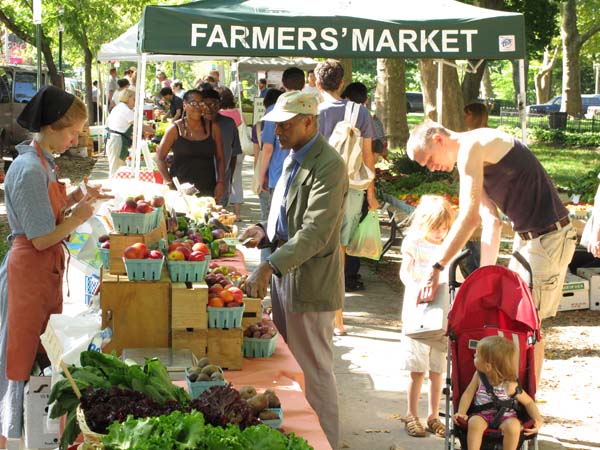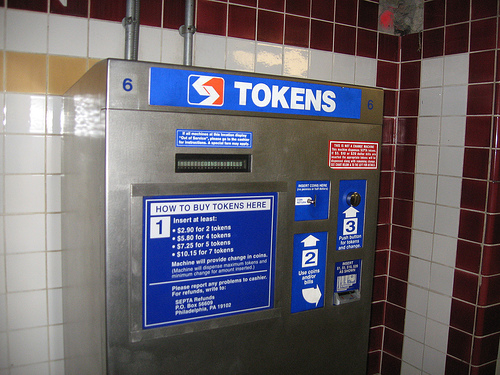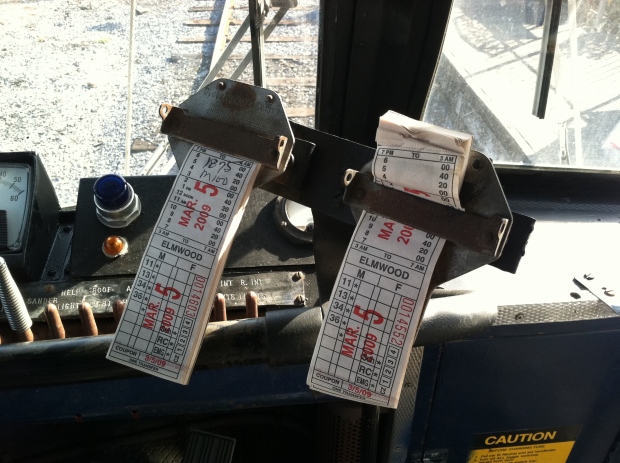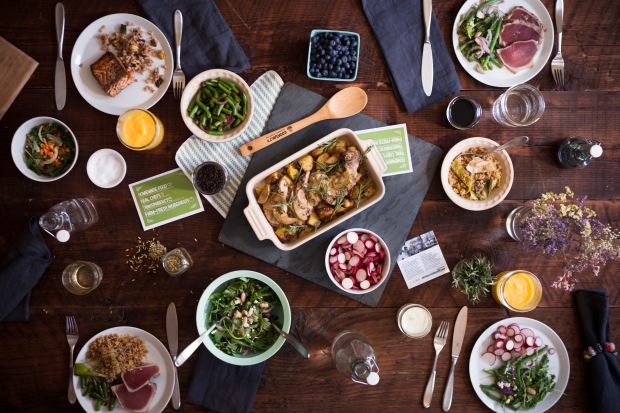Looking for a local grocery store or food market? There are a lot of options beyond Fresh Grocer!
Organic Supermarkets:
Whole Foods: This organic supermarket has higher quality produce and groceries, but it is also more expensive.
Locations:
- 20th and Pennsylvania Ave
- 10th and South
Trader Joe’s: This supermarket is a little smaller than Whole Foods, but also has healthier options than a traditional supermarket. This supermarket gets VERY crowded, so it is better to go during the day (before 5pm) and avoid weekends.
Locations:
- 22nd and Market
Acme: This supermarket is located throughout the city. It is one of the more affordable options.
Locations:
- 10th and South (right across from Whole Foods)
- 2nd and Girard
- Passyunk and Dickinson
Cousins Supermarket: A local supermarket that specializes in ethnic food products.
Locations: 5th and Luzerne Street (one block below Hunting Park Avenue)
H-Mart: A Korean grocery store, located in Upper Darby (accessible from the Market-Frankford Line)
International Foods and Spices: Indian grocery store, located at 42nd and Walnut St
Makkah Market: A 24-hour halal grocery store at 43rd and Walnut St

Farmers Markets: These are small, local markets that move throughout the week. All of the food is locally grown and produced, usually by the local Amish people. The farmers markets typically are available from May-September.
There is a farmer’s market on Temple’s campus at Broad and Cecil every Thursday from 2-6pm.
Reading Terminal Market: Surprisingly, the Iovine Brothers Market in Reading Terminal has some of the freshest and cheapest produce in the whole city.
Discuss:
Where is your favorite place to go grocery shopping?
Do you plan your meals before you go to the grocery store, or are your trips unplanned?








 Want to try new foods, sample Philadelphia restaurants, and spend time with friends in the heart of the city? Philadelphia’s Restaurant Week, happening now through September 23rd, allows you try out restaurants and get to know Philadelphia at a discounted price. To get more information and make a reservation, you might
Want to try new foods, sample Philadelphia restaurants, and spend time with friends in the heart of the city? Philadelphia’s Restaurant Week, happening now through September 23rd, allows you try out restaurants and get to know Philadelphia at a discounted price. To get more information and make a reservation, you might